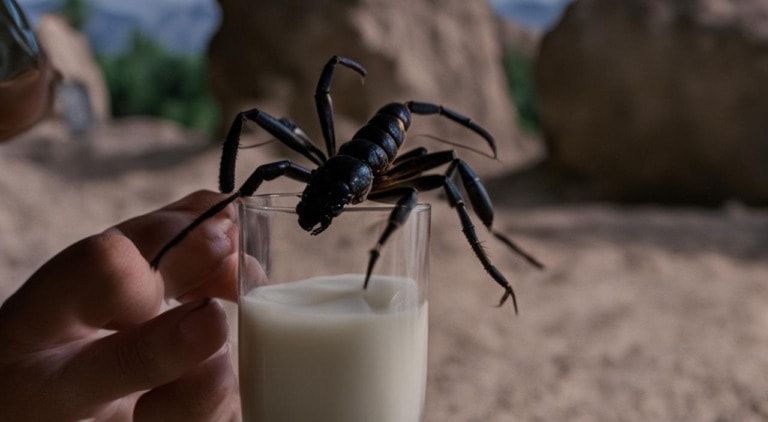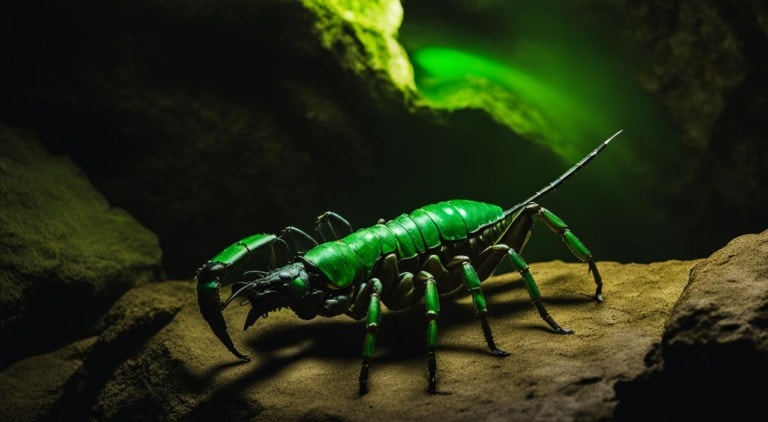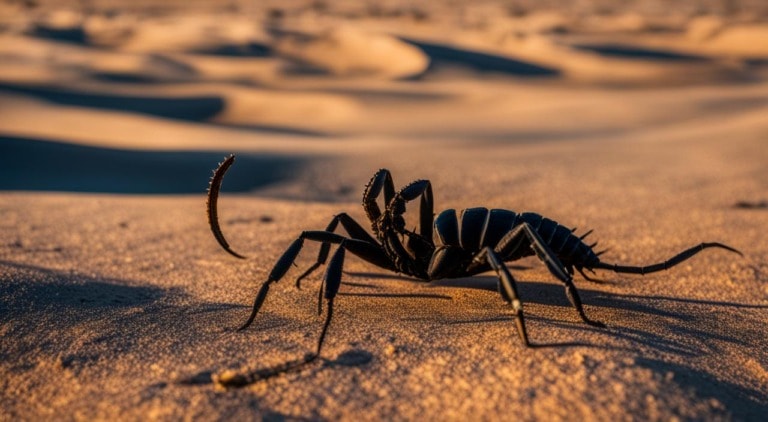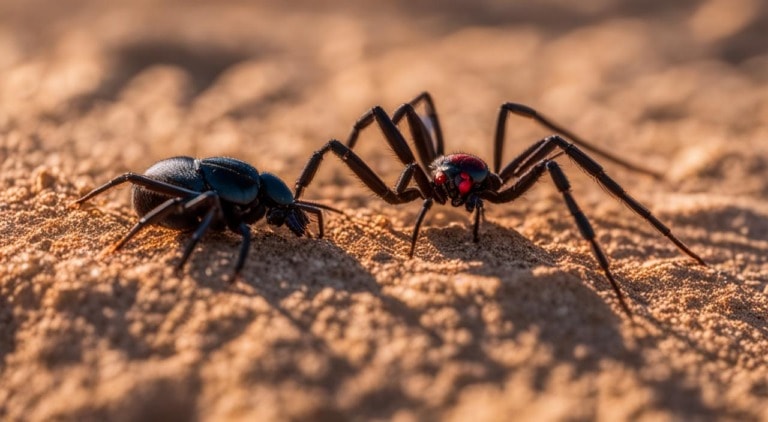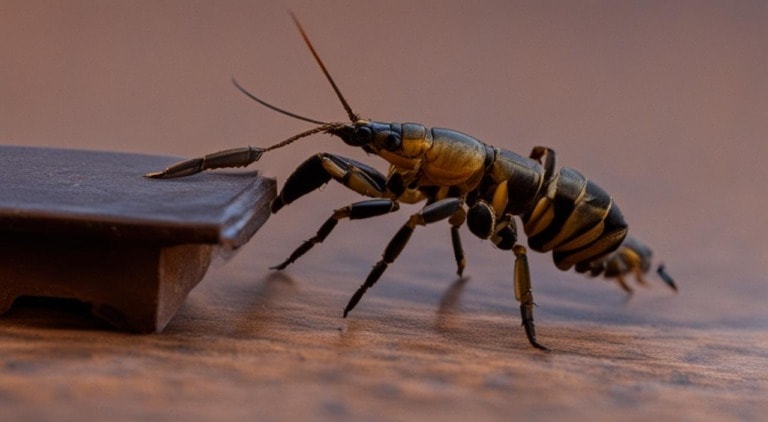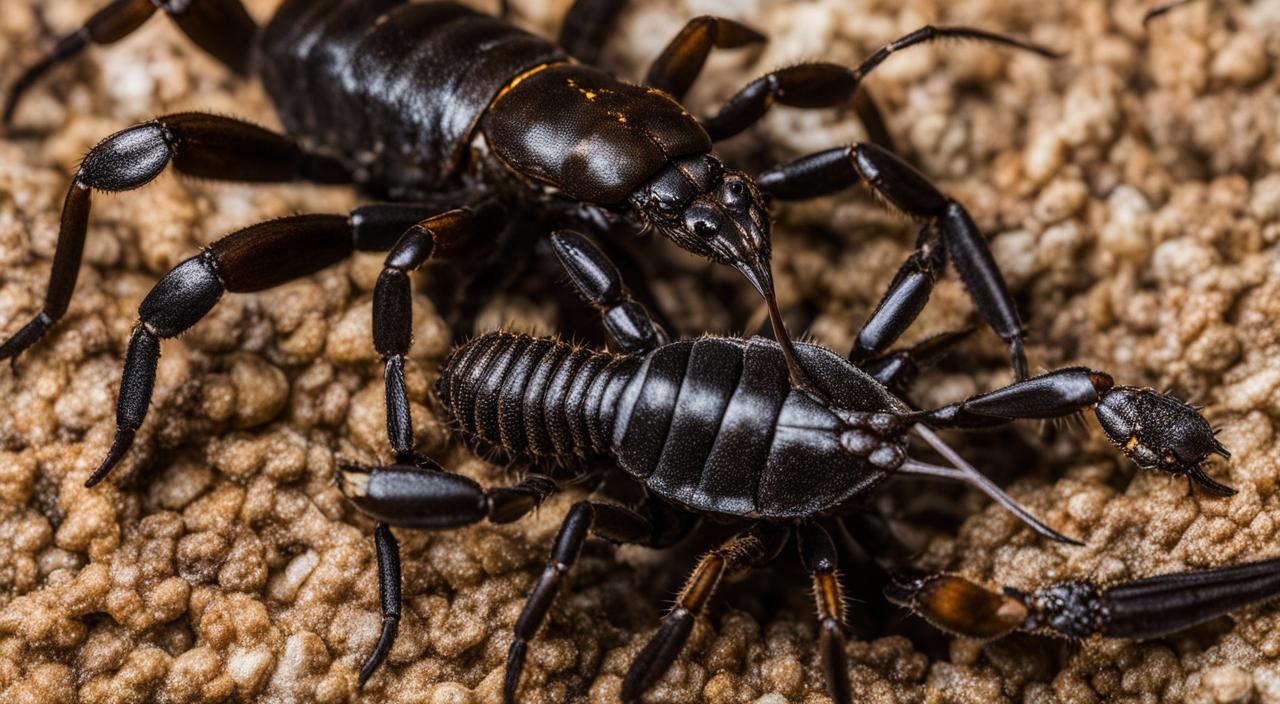
Are you curious about the gender of a scorpion you’ve encountered? Knowing how to determine if a scorpion is male or female can provide fascinating insights into their behavior and characteristics. In this article, we will explore the physical and behavioral differences between male and female scorpions, as well as how to identify their gender.
When it comes to identifying the gender of a scorpion, there are certain physical cues you can look out for. Male scorpions often have larger pectines with more ‘teeth’ compared to females.
To get a clear view of the pectines, gently coax the scorpion into a container and observe the area located underneath the scorpion, just before the last set of legs. Additionally, male scorpions tend to have thinner bodies and longer tails compared to their female counterparts.
Not only do male and female scorpions differ physically, but they also exhibit distinct behaviors.
Female scorpions, particularly those that are caring for their offspring, are more likely to sting compared to males. This is because females spend a significant amount of time tending to their young and have limited mobility. On the other hand, male scorpions engage in complex courtship rituals before mating with females, showcasing their unique behavioral patterns.
It’s important to note that the effects of a scorpion sting are the same regardless of the gender of the scorpion. Scorpion venom can cause immediate pain, swelling, and numbness or tingling around the sting area.
While scorpion stings are usually not fatal for healthy adults, certain individuals such as senior citizens, children under 10 years old, and those with weakened immune systems are more susceptible to severe reactions. If you experience symptoms such as extreme sensitivity, twitching muscles, sweating, or vomiting after a sting, immediate medical attention should be sought.
Physical Differences Between Male and Female Scorpions
When it comes to identifying the gender of scorpions, certain physical differences can help in distinguishing between males and females. One noticeable distinction is the size and structure of their pectines, which are located underneath the scorpion, just before the last set of legs.
Males generally have larger pectines with more ‘teeth’ compared to females. By gently coaxing the scorpion into a container, you can get a clear view of the pectines and determine the s*x.
In addition to pectines, other physical characteristics can aid in determining the gender of scorpions. Male scorpions tend to have thinner bodies and longer tails compared to females.
They are also generally faster in movement than their female counterparts. These differences in body shape and agility are attributed to the reproductive roles and behaviors exhibited by male and female scorpions in their natural habitats.
It is important to note that trying to determine the gender of a live scorpion can be risky and should be approached with caution. Getting too close to a scorpion can result in a painful sting, regardless of its gender.
Therefore, it is advisable to rely on the aforementioned physical differences rather than attempting direct contact.
Behavioral Differences Between Male and Female Scorpions
Knowing the behavioral differences between male and female scorpions can provide valuable insights into their fascinating world.
While both genders share common traits, they also exhibit distinct behaviors that contribute to their survival and reproductive strategies.
Mating and Courtship Rituals
One notable behavioral difference between male and female scorpions is their approach to mating. Male scorpions engage in intricate courtship rituals to attract potential mates. These rituals involve intricate movements, vibrating their bodies, and grasping the female’s pincers.
It is believed that these displays help establish the male’s fitness and reproductive capabilities.
On the other hand, female scorpions play a more passive role in the mating process.
Once courted and impregnated by a male, they will often fend off further advances and can even display aggression towards potential suitors. This behavior is thought to protect the female’s limited energy resources, ensuring that she can focus on caring for her offspring.
Parental Care and Defense
Female scorpions are known for their dedicated maternal instincts. After giving birth, they carry their young, known as couplings, on their backs for the first two weeks of their lives.
During this time, the female scorpion ensures the scorplings’ safety, providing protection and nourishment. This behavior is crucial for the survival of the offspring in the harsh environment.
Male scorpions, on the other hand, do not engage in parental care. Their primary focus is on finding and mating with females to pass on their genes. Some male scorpions may even pose a threat to their offspring.
After mating, they may remain near the female, risking being killed and eaten to ensure the success of their reproduction.
Aggression and Defensive Strategies
Another behavioral difference between male and female scorpions is their aggression levels. Female scorpions tend to be more aggressive and defensive compared to males. This heightened aggression is likely due to the female’s investment in ensuring her offspring’s survival.
The presence of couplings makes the female scorpion more prone to stinging and defending her territory.
Male scorpions, on the other hand, prioritize finding mates over territorial defense.
They are generally more focused on locating females and displaying their mating abilities. This difference in aggression levels between the genders showcases their distinct roles in reproduction and survival.
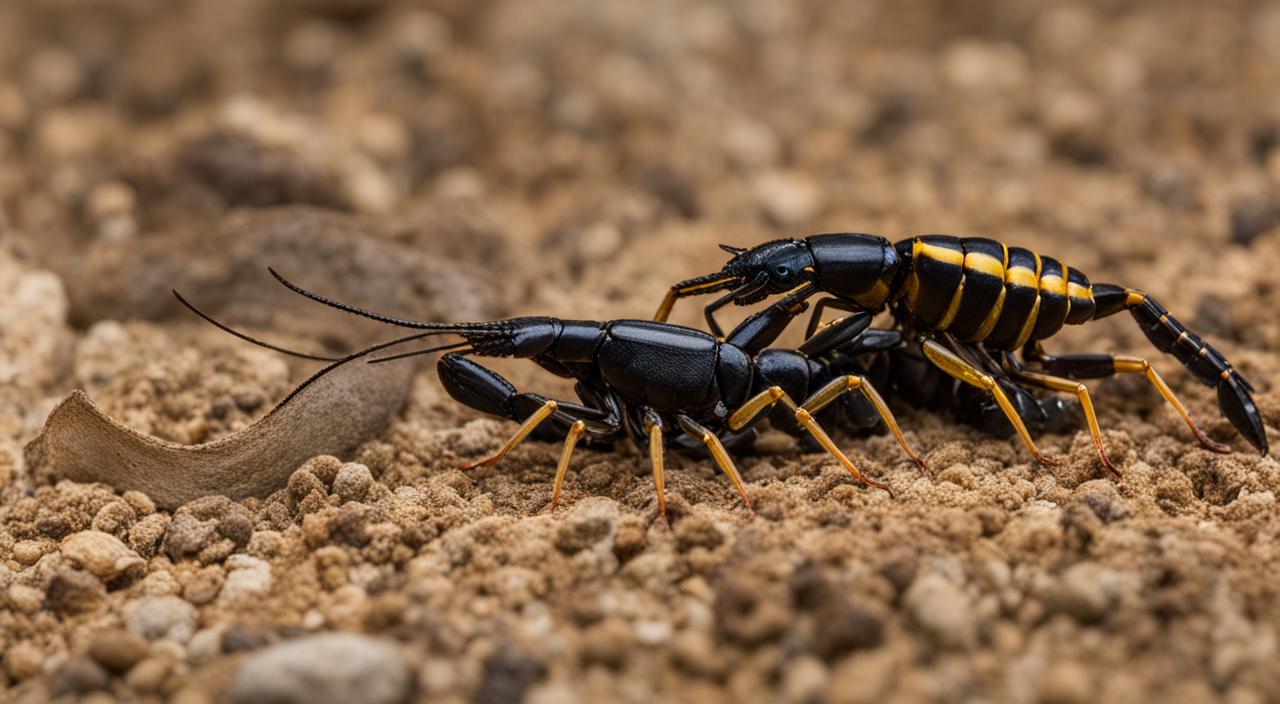
Behavioral differences between male and female scorpions are rooted in their reproductive strategies and roles in parental care. While males engage in elaborate courtship rituals and prioritize mating, females exhibit protective behaviors towards their offspring.
Knowing these behavioral differences adds to our appreciation of the complexity and uniqueness of these fascinating creatures.
Venom and Health Risks of Scorpion Stings
Scorpion stings can be a painful experience, regardless of the gender of the scorpion. The venom injected during a sting can cause immediate pain, swelling, and numbness or tingling around the site of the sting. It is essential to note that scorpion venom is not usually fatal for healthy adults.
However, certain individuals are more vulnerable to severe reactions to scorpion stings. Senior citizens, children under 10 years old, and those with weakened immune systems need to exercise caution.
If you or someone you know falls into these categories and experiences symptoms such as extreme sensitivity, twitching muscles, sweating, or vomiting after a sting, immediate medical attention should be sought.
When it comes to scorpion stings, prevention is key. Avoiding contact with scorpions and their habitats is the best way to minimize the risk of being stung.
Keeping your surroundings clean and free of clutter, sealing any cracks or openings in your home, and wearing protective clothing when in known scorpion areas are all practical measures to take.
If you do come into contact with a scorpion and are stung, it is essential to remain calm. Keep the affected area at or below heart level to slow the spread of venom.
Applying a cold compress can help alleviate pain and reduce swelling. However, it is crucial to remember that seeking medical attention is always recommended, especially if you are unsure of the type of scorpion or if you are experiencing severe symptoms.

